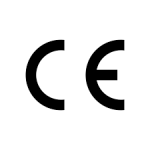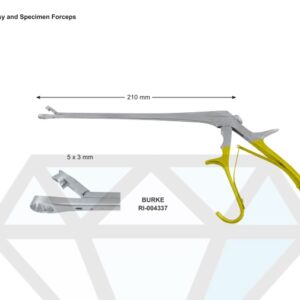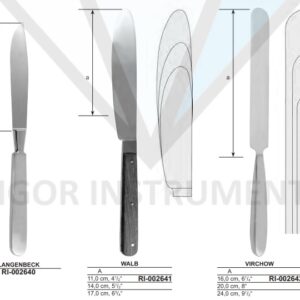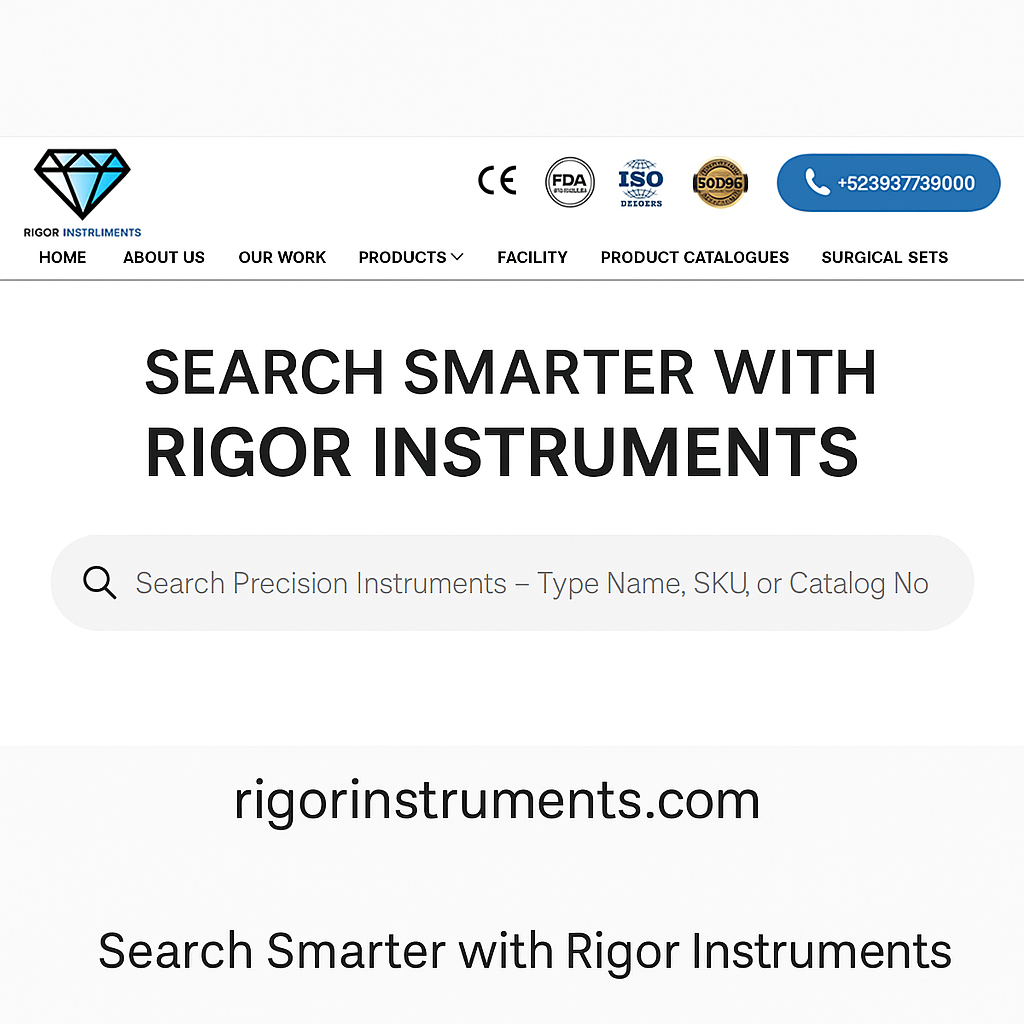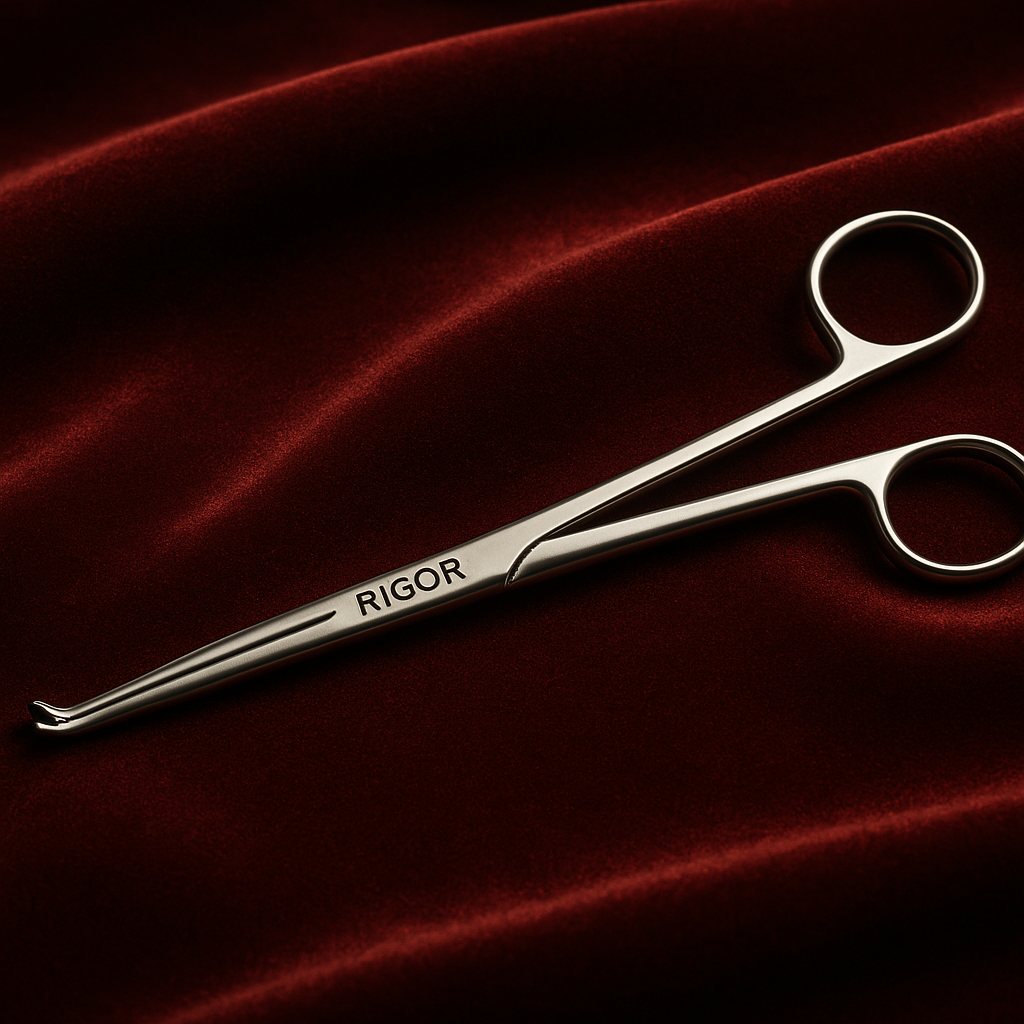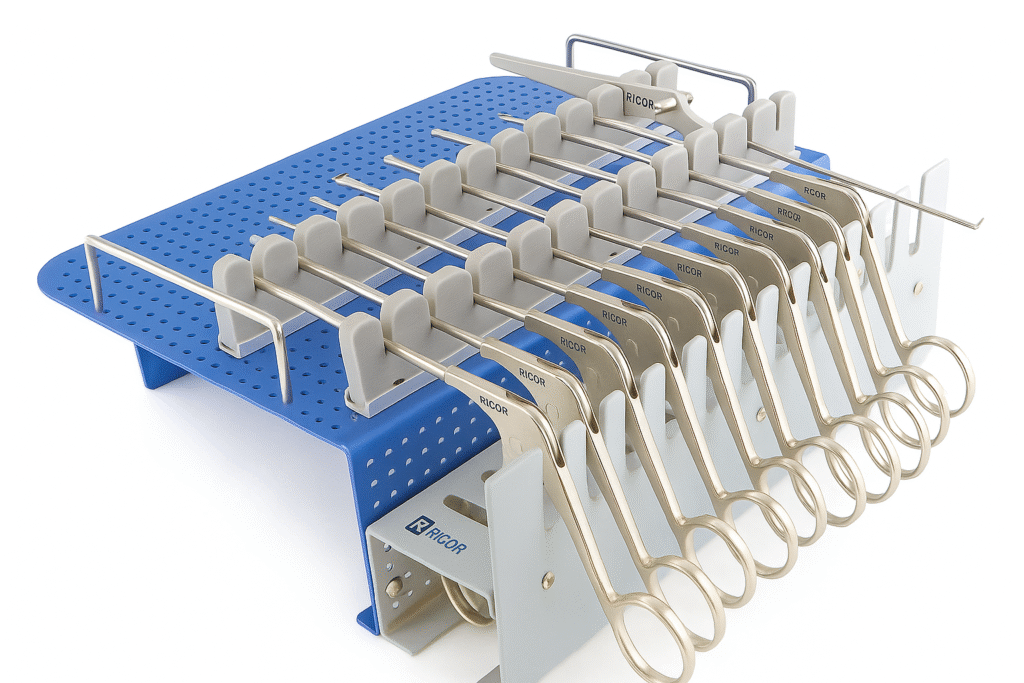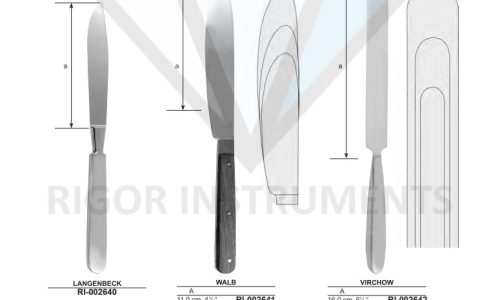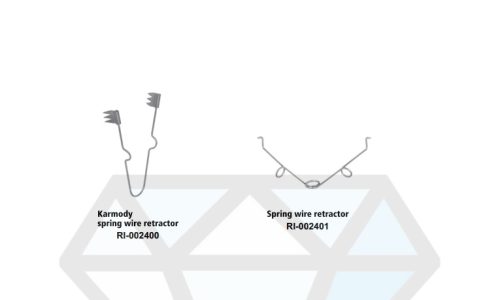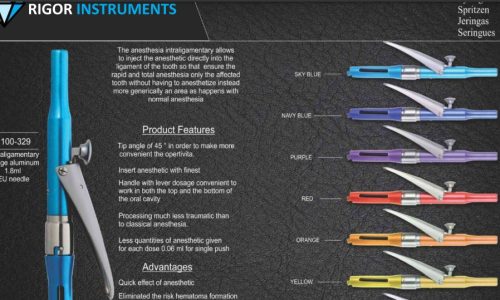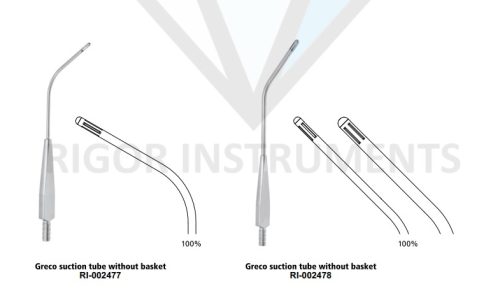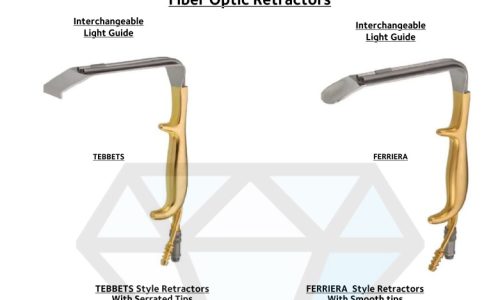Post Mortem Surgical Instruments
Surgical Instruments Blog
Precision Engineered: Custom-Made Atraumatic DeBakey Clamps Designed by a Surgeon At Rigor Instruments, innovation begins with one principle: listen to the surgeon. When a highly experienced cardiovascular surgeon approached us
Why Rigor Instruments Invested in Smart Product Search — And Why It’s the Future of Surgical Buying In a crowded digital world, buyers don’t want to browse — they want
One-Stop Surgical Instrument Sourcing: Why Rigor Instruments is the Complete Solution You’ve Been Searching For When Quality Meets Convenience — Rigor Delivers For decades, international buyers have faced
Reusable vs. Single-Use Surgical Instruments: Why RIGOR Stands Firm on Reusables In the fast-paced world of modern surgery, the conversation around single-use vs. reusable surgical instruments is louder than ever.
Laryngeal Forceps: Precision Tools for ENT & Airway Procedures Laryngeal forceps are specialized surgical instruments used in ear, nose, and throat (ENT) and laryngological procedures. These forceps are designed for
Mastering Arthroscopy Punches: Types, Surgical Uses & Rigor’s CNC Precision Leadership Arthroscopy is a minimally invasive surgical procedure that requires tools of extreme precision—and none more important than the arthroscopy
What are Post Mortem Surgical Instruments
Post mortem surgical instruments, commonly referred to as autopsy instruments, are used to examine and dissect corpses in order to ascertain the cause of death and acquire forensic evidence. These tools make the accurate and orderly dissection of the corpse possible and were created especially for use during post-mortem exams. Here we will discuss the world of post mortem surgical instruments, including its varieties, uses, and importance in forensic pathology.
Autopsies
Autopsies, often known as post-mortem exams, are performed to determine the cause of death, find out if there were any underlying medical issues, and gather evidence for use in court or study. Several post-mortem surgical devices are used throughout the autopsy procedure to conduct a complete inspection of the corpse. These tools help with sample collecting, methodical dissection, and identifying documentation. Let’s examine some of the most important post-mortem surgical tools frequently utilized in the discipline of forensic pathology.
Types of Post Mortem Surgical Instruments
The scalpel is one of the main tools used in post-mortem exams. During the dissection procedure, incisions are made using the scalpel, a precision cutting tool with a sharp blade. Scalpels used during surgery on individuals who are still alive are often bigger and more durable than those used during autopsies. They are made to pierce tough tissues and structures like the skin, muscles, and organs that are discovered during the post-mortem investigation.
A further crucial tool used in autopsies is a pair of surgical scissors. These scissors were created particularly to cut through the tough organs and tissues that are encountered during the dissection procedure. Scissors used during autopsies are frequently bigger and more durable than those used during live procedures, enabling effective tissue cutting during the examination.
During the autopsy procedure, bones are chopped with the use of bone-cutting tools including autopsy saws and bone shears. These tools make it easier to reach and examine internal organs, such as those in the abdomen, chest cavity, and brain. Bone shears have the necessary force to cut through larger bones, whereas autopsy saws are made to produce controlled, exact cuts through bone structures.
Specialized equipment, such as a brain spatula or brain knife, is used to examine the skull and brain. The layers of the brain are gently lifted and separated for inspection using a flat device called a brain spatula. On the other side, the brain knife is a thin, sharp device that is used to cut precisely and extract portions of the brain for more research.
Equipment for tissue collection and sample are also included in post-mortem surgical equipment, in addition to cutting tools. Pathologists can gather tissue samples using these tools, such as forceps, probes, and curettes, for histological inspection or toxicological investigation. While probes and curettes assist in the collection of samples from various organs or structures, forceps are used to grab and move tissues.
Instruments such autopsy rib spreaders, retractors, and clamps are used to examine the interior organs. To access the heart and lungs, the chest cavity is opened using rib spreaders. To hold back tissues and organs and enable good visualization and dissection, retractor and clamp devices are used.
Specialized tools for certain uses are often included in post-mortem surgical equipment. For instance, during embalming processes, an embalming trocar is used to pierce organs like the heart or liver so that embalming fluid may be injected. During the autopsy procedure, tools like suction devices and aspirators are also utilized to extract fluids and gather specimens.
Benefits of Post Mortem Surgical Instruments
The importance of post-mortem surgical instruments rests in their capacity to provide a complete and organized examination of the body following death. These tools make it possible for pathologists to correctly dissect the corpse, gather samples, and record their findings. The accuracy and efficiency needed for forensic investigations are ensured by the employment of specialized post-mortem tools, enabling the identification of the cause and manner of death.
Furthermore, forensic evidence is gathered during autopsy using post-mortem surgical devices. Organ and tissue samples and meticulous examination can yield important evidence for judicial or criminal investigations. The collecting of samples for DNA, toxicological, or other forensic studies is aided by the use of autopsy devices.
Precautions of Post Mortem Surgical Instruments
To avoid injury and infection, post mortem surgical instruments must be handled carefully and in accordance with safety guidelines. To guarantee accurate examination and reduce potential hazards, pathologists and forensic specialists who conduct autopsy are educated in the correct use and handling of these devices.
During autopsies, specialized equipment called post mortem surgical instruments are used to examine and dissect dead people. These tools, which range from scalpels and scissors to bone-cutting tools and tissue collecting tools, assist in the methodical inspection of the body, sample collection, and recording of results. In forensic pathology, the use of post-mortem surgical tools is crucial because they may help identify the cause and manner of death and help gather evidence for court cases. These devices’ correct analysis and comprehension of post-mortem circumstances are made possible by their exact and effective design, which enhances forensic investigations and the field of forensic pathology as a whole.
Why Rigor Instruments
High-quality surgical instruments are essential to the success of any procedure, no matter how straightforward or difficult it may be for the patient, and this is where Rigor Instruments can help you.
Rigor is a second-generation surgical instruments manufacturer and supplier from Sialkot Pakistan providing best quality in Post Mortem Surgical Instruments since 1985.
Our exquisite quality and competitive pricing has given us great competitive advantage in the global surgical instruments market. Our ambition is to become a leader in international market in Post Mortem Surgical Instruments.
Have a glance at our wide range of Post Mortem Surgical Instruments with details,

